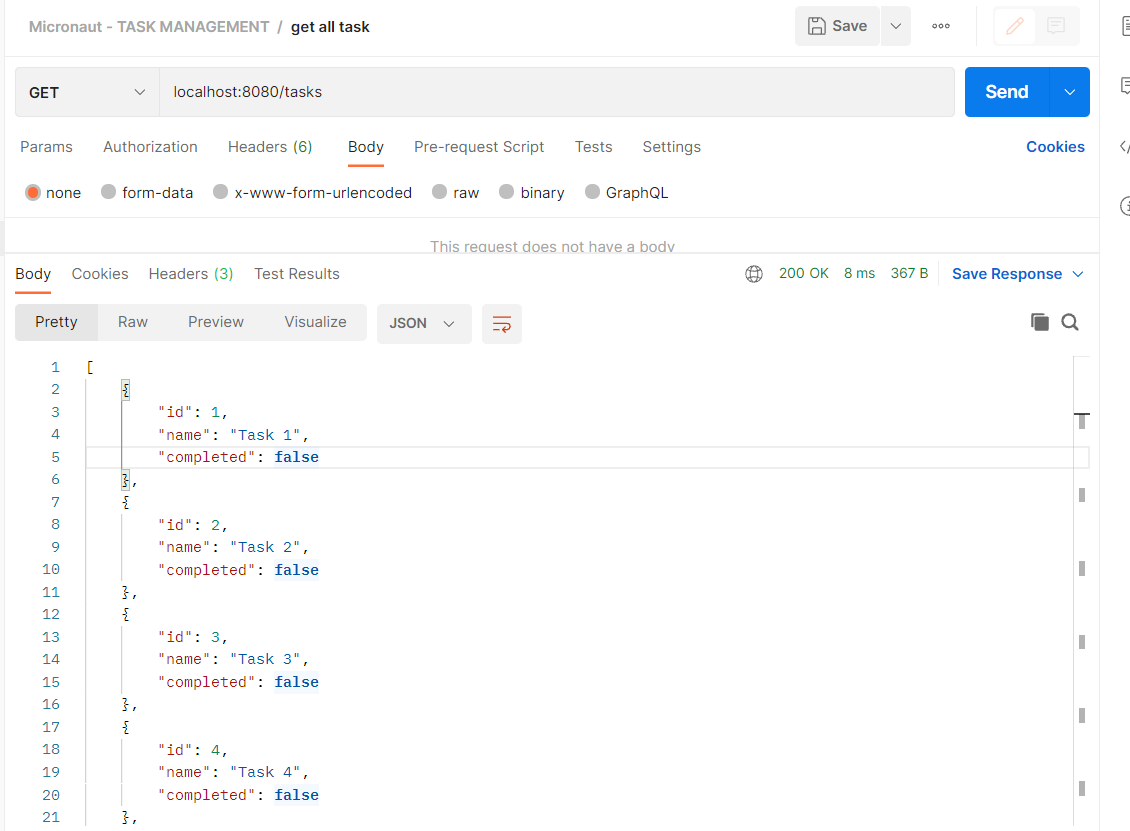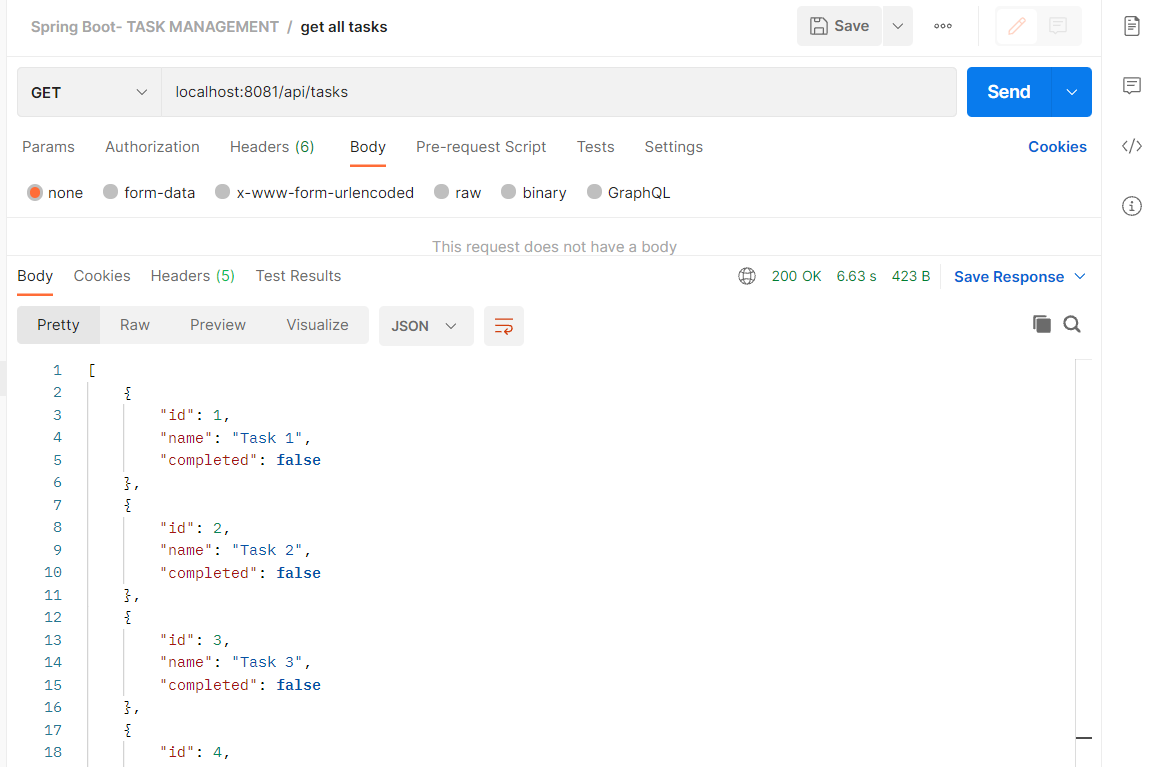Micronaut vs Spring Boot: A Detailed Comparison
Micronaut is efficient, lightweight, and fast, making it a strong alternative, but Spring Boot remains dominant due to its robust, mature ecosystem and community support.
Join the DZone community and get the full member experience.
Join For FreeMicronaut and Spring Boot are popular frameworks for developing microservices in Java. They offer robust features for REST API, but their approach towards dependency injection, start-up time, and memory usage differ. This article presents a detailed comparison between both frameworks on various parameters such as implementation, performance metrics, and usefulness of each framework.
The Micronaut Framework Overview
This is a recently developed framework aimed to develop faster microservices and serverless services. Its main feature of compile-time dependency injection results in faster startup times and less memory usage. It has built-in support for cloud environments and serverless deployments and can be integrated with GraalVM. This makes the Micronaut framework suitable for applications where resource utilization is paramount.
The Spring Boot Framework Overview
Spring Boot has been in practice for more than a decade; therefore, it is a mature framework known for its ease of use, powerful features, and extensive ecosystem. It uses runtime dependency injection and provides seamless integration with any other module from the Spring ecosystems, such as Spring Data, Spring Security, Spring Cloud, etc. It provides autoconfiguration and embedded servers and is backed by a large, active community with huge documentation. Therefore, the mentioned key features make it versatile for a wide variety of applications.
The Rest API Under Consideration: Task Management Service
A simple REST API is created using both frameworks and will be compared for resource utilization, ease of use, performance, etc. The REST API will have the following endpoints.
GET /tasks– Retrieve all tasksGET /tasks/{id}– Retrieve a specific task by itsIdPOST /tasks– Add a new task
Micronaut Implementation
The project structure can be referred to from Micronaut's official documentation. To create the above, REST API, Maven, and Java 23 are used as below. The pom.xml must have the below Micronaut dependency.
<dependency>
<groupId>io.micronaut</groupId>
<artifactId>micronaut-http-server-netty</artifactId>
<scope>compile</scope>
</dependency>
<dependency>
<groupId>io.micronaut.serde</groupId>
<artifactId>micronaut-serde-jackson</artifactId>
<scope>compile</scope>
</dependency>
<dependency>
<groupId>io.micronaut</groupId>
<artifactId>micronaut-http-client</artifactId>
<scope>test</scope>
</dependency>
<dependency>
<groupId>io.micronaut</groupId>
<artifactId>micronaut-inject</artifactId>
</dependency>The ControllerClass in the Micronaut Framework.
@Controller("/tasks")
public class TaskController {
@Inject
TaskService taskService;
@Get("/hello")
public String helloWorld(){
return "Hello World";
}
@Post(value = "/",consumes = "application/json", produces = "application/json")
public Task addTask(@Body Task task) {
return taskService.saveTask(task);
}
@Get(produces = "application/json")
public List<Task> findAllTasks() {
return taskService.getTasks();
}
@Get("/{id}")
public Task findTaskById(@PathVariable int id) {
return taskService.getTaskById(id);
}
@Put
public Task updateTask(@Body Task task) {
return taskService.update(task);
}
}REST API: get all tasks – Postman output:

What Annotations Can We Use for Rest API Using Micronaut?
@Controller– Used to make a class controller, indicating it can handle HTTP requests@Get,@Post,@Put, and@Delete– Used on methods inside the controller class to specify respective HTTP methods@PathVariable– Used to describe method parameters to access values from the URL@Inject– Equivalent to@Autowiredannotation used in Spring Boot@Singleton– Used for a bean, which means that the bean will be created once and available throughout the lifecycle of the application@Body– A method/function parameter that denotes that the request body must be deserialized@RequestMapping– Helpful while defining base paths when there are multiple controller methods/functions@Qualifier– Important to use in case there are multiple beans of the same type, and the same annotation is present in the Spring Boot@Serdeable– Used for the input request class, which will be serialized when reading the request body
Spring Boot Implementation
The basic project skeleton can be generated from Spring Initializr. The pom.xml for REST API must have a spring-boot-starter-web dependency as below.
<parent>
<groupId>org.springframework.boot</groupId>
<artifactId>spring-boot-starter-parent</artifactId>
<version>3.4.1</version>
<relativePath/> <!-- lookup parent from repository -->
</parent>
<dependencies>
<dependency>
<groupId>org.springframework.boot</groupId>
<artifactId>spring-boot-starter-web</artifactId>
</dependency>
</dependencies>The RestController class in the Spring Boot framework is as below:
@RestController
@RequestMapping("/api/tasks")
public class TaskController {
@Autowired
TaskService taskService;
@GetMapping("/hello")
public String helloWorld(){
return "Hello World";
}
@PostMapping(consumes = "application/json", produces = "application/json")
public Task addTask(@RequestBody Task task) {
return taskService.saveTask(task);
}
@GetMapping(produces = "application/json")
public List<Task> findAllTasks() {
return taskService.getTasks();
}
@GetMapping("/{id}")
public Task findTaskById(@PathVariable int id) {
return taskService.getTaskById(id);
}
@PutMapping
public Task updateTask(@RequestBody Task task) {
return taskService.update(task);
}
}REST API: get all tasks – Postman output:

Comparative Overview: Spring Boot vs. Micronaut
| feature | Micronaut | Spring Boot |
|---|---|---|
|
Starting Time |
Fast due to AoT compilation and no runtime reflection |
Slow due to runtime reflection and dynamic class loading |
|
Memory Usage |
Low |
High |
|
Performance |
Excellent |
Good |
|
Ecosystem |
Growing, but focused on modern use cases |
Mature with extensive libraries and tools |
|
Cloud native support |
Built-in support for serverless and cloud native features |
Need additional configurations for serverless |
|
Learning Curve |
Simple and intuitive for developers |
Steeper for beginners |
The Road Ahead for Micronaut Framework
It is a JVM-based modern framework that is popularly used for building serverless and testable applications. The compile time dependency injection with minimum start up time has made this framework a most sought after by developers.
Over time, several big organizations have embraced this framework and a constant emergence of related versions like Micronaut Data. The newer version 4.7.0 from Micronaut highlights its obligation of continuous enrichment of compelling features.
Several critical implementations are the HTTP client, error handling, and integrations with other dependencies such as LangChain4j and GraalPy. Now, it is very much clear that Micronaut is constantly trying to keep up with developments in emerging technologies.
With its ongoing enhancements and community support, Micronaut has established itself well as a future player in this field.
Final Thoughts
Micronaut and Spring Boot both are powerful frameworks with unique strengths and weaknesses. Micronaut performs excellently for use cases that need low startup time and less memory usage, such as cloud functions or AWS Lambdas. On the other hand, Spring Boot offers robust ecosystem support, making it ideal for enterprise applications.
The code snippets mentioned above are available on Micronaut GitHub and Spring Boot GitHub.
The Micronaut documentation provides a step-by-step tutorial to build services easily. Baeldung's comprehensive comparison guide provides detailed information about Micronaut and Spring Boot.
Opinions expressed by DZone contributors are their own.

Comments